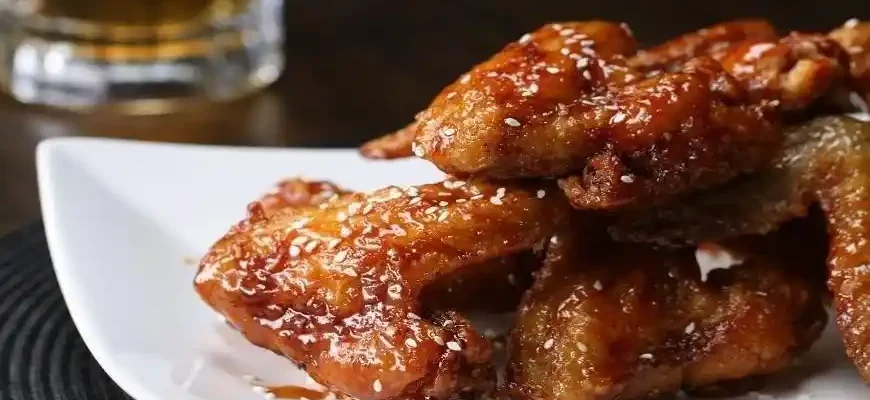Chicken wings—whether you’re dipping them in spicy sauce, slathering them in barbecue glaze, or just seasoning them with a pinch of salt and pepper—have become an iconic snack around the world. They’re versatile, beloved by many, and served in various ways, from casual get-togethers to upscale restaurant menus. So, how exactly do you make the perfect chicken wings? Let’s dive into the details, covering everything from preparation to serving. I’ll share some insights, tips, and solutions to common pitfalls along the way.
1. Selecting the Right Chicken Wings
Before you even think about cooking, you need to choose good-quality chicken wings. While this might seem obvious, you’d be surprised at how many people overlook the importance of sourcing fresh, ethically raised poultry. Fresh wings should be plump, moist, and without any foul odor. If they’re frozen, check for freezer burn (which affects taste and texture) and ensure they’ve been properly thawed before cooking.
- Tip: Always buy wings from trusted sources, whether it’s your local butcher, a high-quality grocery store, or an ethical farm. Fresh wings will taste better, no question.
2. Basic Preparation: Cleaning & Cutting
Chicken wings typically come in three parts: the drumette (the “drumstick” part), the flat (also called the “wingette”), and the tip (the small, pointy end). In many cases, you’ll find wings that are already split, but if not, you can easily cut them yourself with a sharp knife or kitchen shears.
- Tip: Cut off the wing tip (unless you’re using it for stock) and separate the drumette and the flat if they’re still connected. This gives you uniform pieces that cook more evenly.
Cleaning: Rinse the wings under cold water and pat them dry with paper towels. Drying them is crucial for achieving that crispy texture when you fry or bake them later. Any moisture on the surface will cause the skin to steam rather than crisp up.
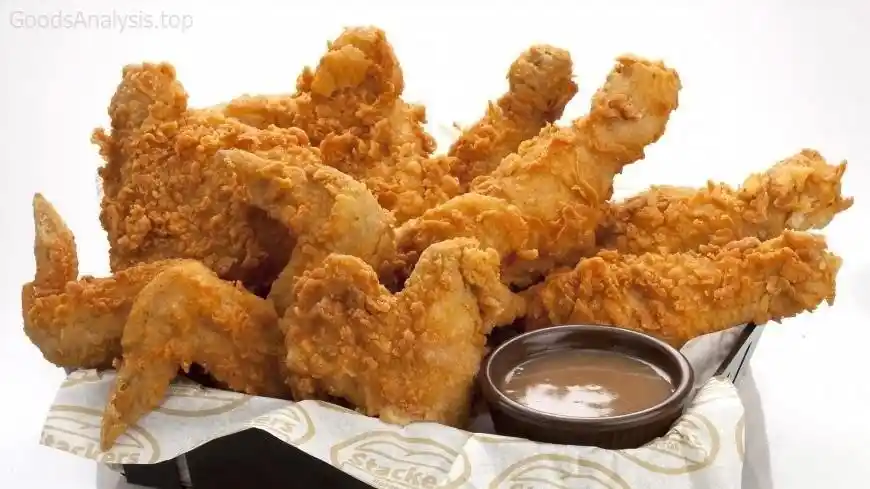
- Note: Some people prefer not to rinse chicken to avoid splashing raw juices around the kitchen, especially since it could increase the risk of cross-contamination. Always follow safe food handling guidelines.
3. Seasoning: A World of Flavor
You can keep it simple with just salt, pepper, and a little oil, or you can go all out with elaborate marinades and dry rubs. Here are a few seasoning ideas:
- Classic Salt and Pepper: A minimalist approach, but it’s all you need if you’re after that natural chicken flavor.
- Buffalo Wings: The quintessential American style. Toss your wings in a mixture of melted butter and hot sauce (frank’s RedHot is the classic choice). Add garlic powder, cayenne, and a little vinegar for tang.
- BBQ Wings: Slather them in your favorite barbecue sauce (or make your own). For a smoky kick, add a little paprika and brown sugar to the seasoning.
- Asian-Inspired Wings: Use soy sauce, honey, garlic, ginger, and a touch of sesame oil. If you want a bit of heat, throw in some chili flakes or sriracha.
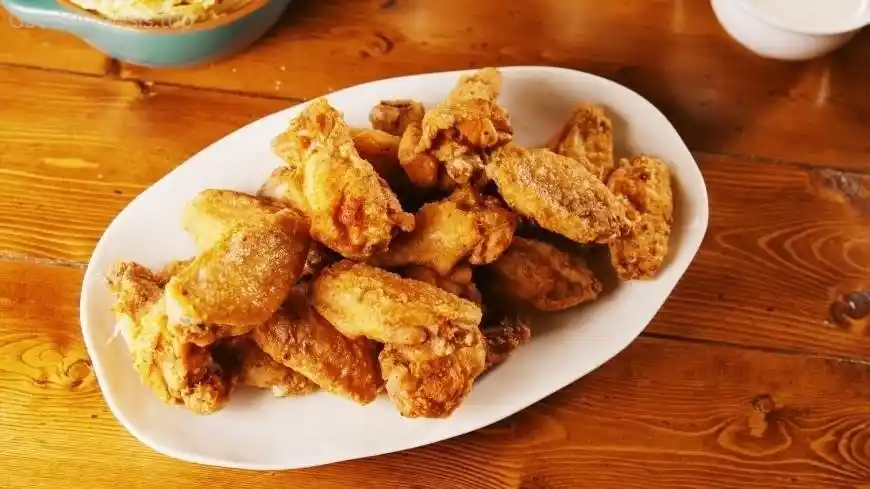
Tip: Marinate the wings for at least 30 minutes (or up to 24 hours in the fridge for stronger flavor), and remember to keep it in an airtight container or zip-lock bag. The longer you let them marinate, the more flavorful they’ll be.
4. Cooking Methods: Frying, Baking, or Grilling?
There are several ways to cook chicken wings, each offering different textures and flavors.
- Frying: This is the most traditional method and the one most often associated with crispy, juicy wings. To fry, heat oil in a deep fryer or large pot to 375°F (190°C). Fry the wings in batches for about 8-10 minutes or until golden brown. Don’t overcrowd the pan, as it will lower the temperature and make the wings greasy instead of crispy.
- Baking: Baking is a healthier option and can still give you crispy wings if done right. Preheat the oven to 425°F (220°C). Place the wings on a rack (to allow air circulation) on a baking sheet and bake for 30-40 minutes, flipping halfway through. For extra crispiness, broil for the last 2-3 minutes.
- Grilling: Grilling imparts a wonderful smoky flavor to the wings. Preheat your grill to medium-high heat (around 400°F or 200°C). Grill the wings for about 20-25 minutes, turning them every 5 minutes to avoid burning. You can brush them with sauce in the last few minutes to caramelize it.
Tip: If you’re looking for ultra-crisp wings, try this trick: Toss your wings in a bit of baking powder before cooking. It helps dry out the skin, making it crisp up even better in the oven or fryer.
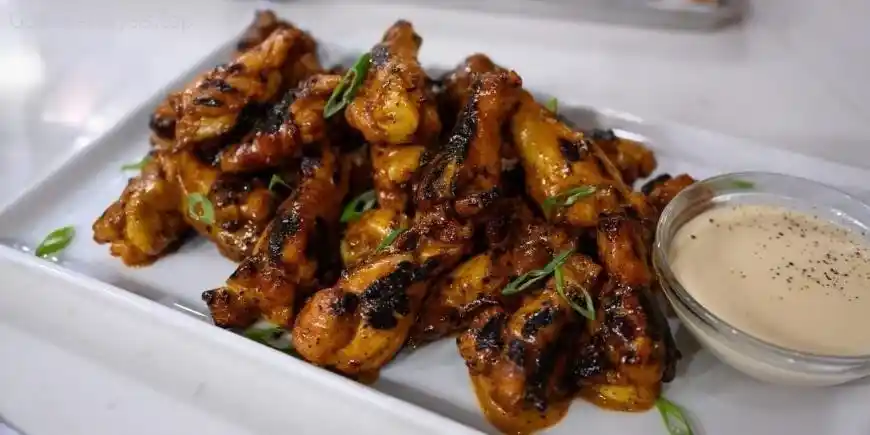
5. Safety Concerns: Handling and Cooking Temperature
Chicken wings, like all poultry, need to be cooked to a safe internal temperature to avoid foodborne illness. The USDA recommends cooking chicken to an internal temperature of 165°F (74°C). You can check this with a meat thermometer inserted into the thickest part of the wing (avoiding the bone).
- Tip: Always wash your hands after handling raw chicken, and disinfect your cutting board and utensils with hot soapy water to prevent cross-contamination.
6. Serving Your Chicken Wings
Once your wings are cooked to perfection, it’s time to serve them. Serve them as a snack or appetizer at parties with a variety of sauces (think blue cheese, ranch, or even more hot sauce). They also pair well with sides like celery and carrots, and you can even serve them with some crispy fries or onion rings.
Tip: If you want to impress, try making a few different sauces (Buffalo, honey garlic, and a tangy barbecue sauce) so guests can choose their favorite.
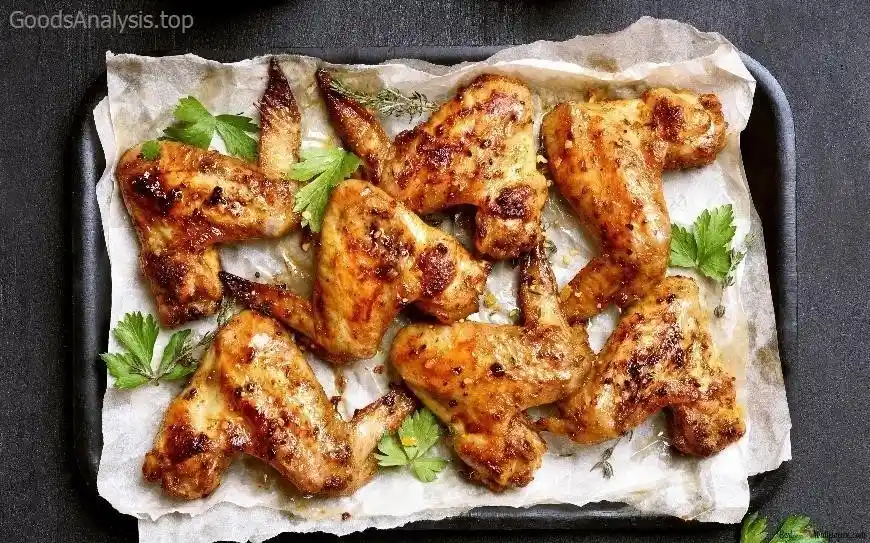
7. Common Mistakes to Avoid
- Not drying the wings properly: As mentioned earlier, moisture will prevent your wings from getting crispy. Pat them dry and don’t skip this step.
- Overcooking: Yes, it’s easy to overdo it. Watch them closely while cooking, especially when frying.
- Not using enough oil for frying: If you’re frying wings, ensure the oil covers at least half of the wing. Otherwise, they’ll cook unevenly.
- Using sauce too early: If you’re using sauces like barbecue or buffalo, don’t coat the wings too early in the cooking process. The sugars in the sauce will burn if exposed to heat for too long.
8. Expert Advice: What Others Are Saying
- Alex (35, USA): “I’ve been making chicken wings for years, and the secret to crispy wings is definitely baking powder. I never knew it could make such a difference!”
- Maria (45, Spain): “I prefer grilling my wings. They have a richer flavor, and there’s something about the smoky taste that makes them unforgettable.”
- Jiho (28, South Korea): “In Korea, spicy wings are a must! I marinate them in a mixture of gochujang, soy sauce, and sesame oil. It’s my go-to recipe when I have friends over.”
- Raj (50, India): “I love the versatility of chicken wings. In India, we add a lot of masalas to them. If you haven’t tried tandoori-style wings, you’re missing out!”
- Sophie (60, UK): “I’ve been cooking wings for decades, and my tip for those new to it is simple: Don’t rush! Take your time with the cooking, and it will always be worth it.”
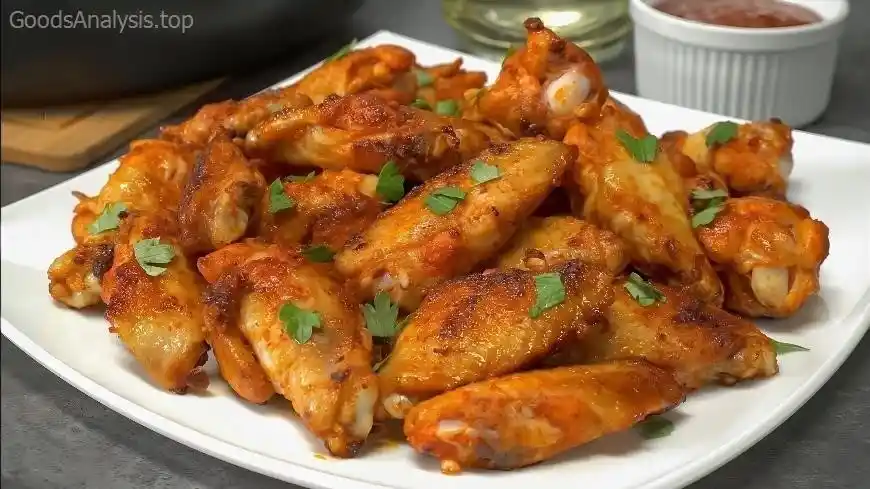
Conclusion
Making chicken wings isn’t rocket science, but there are a few key tips and tricks that will elevate your game from ordinary to extraordinary. Whether you’re deep frying, baking, or grilling, the key to great wings is in the preparation and the right seasoning. And of course, never forget the importance of food safety and handling.
Remember, cooking should be fun—so go ahead and experiment with flavors, sauces, and cooking methods until you find your perfect wing. And if it’s not perfect the first time, don’t worry. Every mistake is just another opportunity to learn and improve.
Happy cooking!

